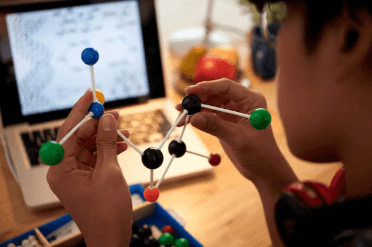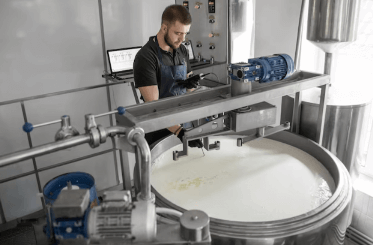Question
a.
silicon oxide
b.
aluminium borosilicate
c.
zeolites
d.
aluminium silicate
Posted under General Knowledge
Interact with the Community - Share Your Thoughts
Uncertain About the Answer? Seek Clarification Here.
Understand the Explanation? Include it Here.
Q. The main chemical constituent of clay is
Similar Questions
Explore Relevant Multiple Choice Questions (MCQs)
Q. The mineral containing both magnesium and calcium is
View solution
Q. The metal does not give H2 on treatment with dilute HCL is
View solution
Q. The number of g-molecule of oxygen in 6.02 x 1024CO molecules is
View solution
Q. The most extensive, commercially useful source of thorium as monazite sand occurs in India at
View solution
Q. The main active constituent of tea and coffee is
View solution
Q. The maximum number of isomers for an alkene with molecular formula C4H8 is
View solution
Q. The hardest form of carbon is
View solution
Q. The organic reaction represented by equation CH3 - CH = O + H2NOH gives CH3 - CH - NH + H2O is an example of
View solution
Q. The number of electrons presents in H+ is
View solution
Q. The hottest part of the gas flame is known as
View solution
Q. The human body is made up of several chemical elements; the element present in the highest proportion (65%) in the body is
View solution
Q. The isomerism which exists between CH3CHCI2 and CH2CI. CH2CI is
View solution
Q. The half life period of an isotope is 2 hours. After 6 hours what fraction of the initial quantity of the isotope will be left behind?
View solution
Q. The number of waves made by an electron moving in an orbit having maximum magnetic quantum number is +3
View solution
Q. The number of atoms present in 21.6 gram of silver (atomic weight = 108) are same as the molecules in
View solution
Q. The National Chemical Laboratory is situated in
View solution
Q. Equal masses of oxygen, hydrogen and methane are kept under identical conditions. The ratio of the volumes of gases will be
View solution
Q. The mass number of an atom is equal to
View solution
Q. The maximum number of covalent formed by nitrogen is
View solution
Q. The formula C6H5-CO-CH3 represents
View solution
Recommended Subjects
Are you eager to expand your knowledge beyond General Knowledge? We've handpicked a range of related categories that you might find intriguing.
Click on the categories below to discover a wealth of MCQs and enrich your understanding of various subjects. Happy exploring!








